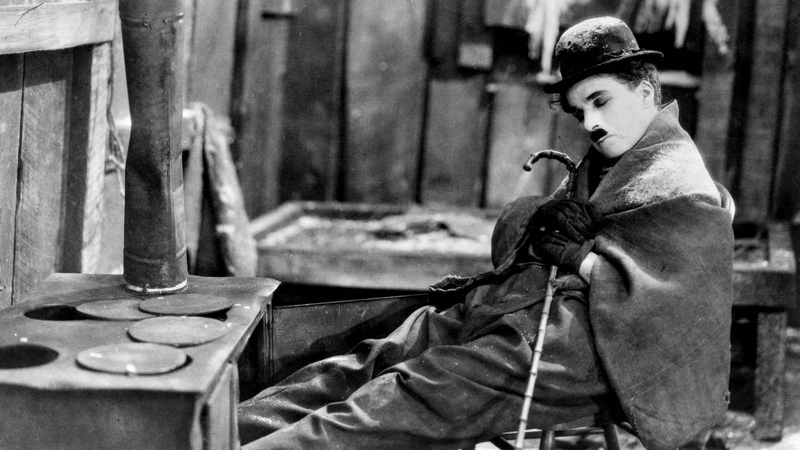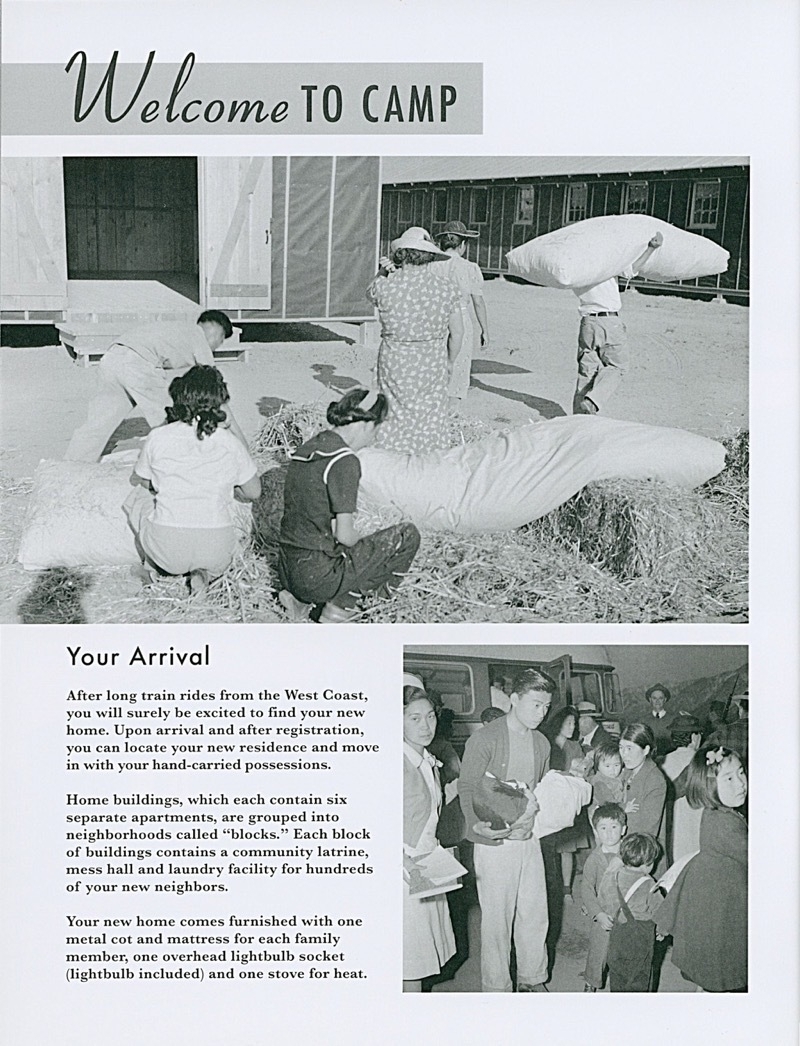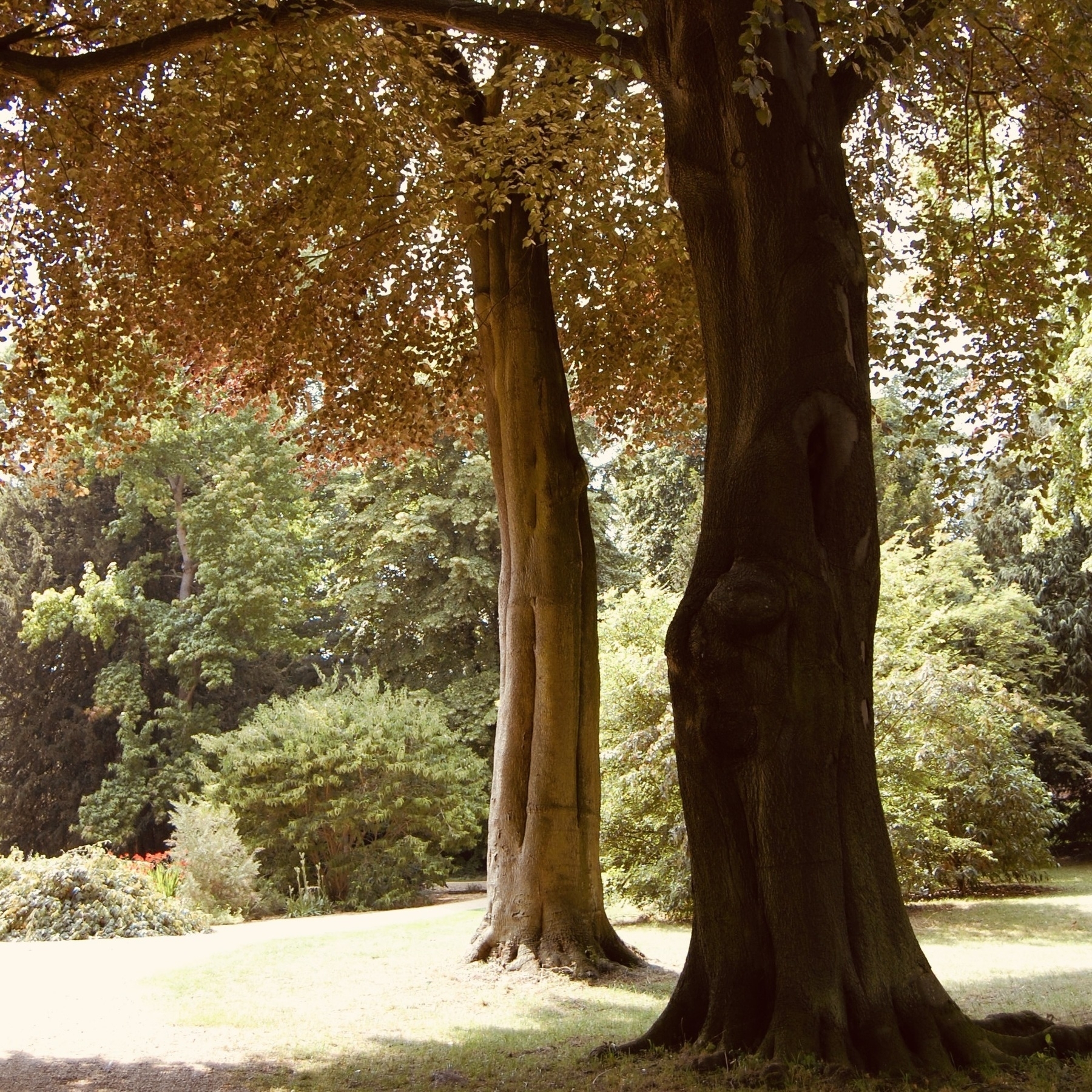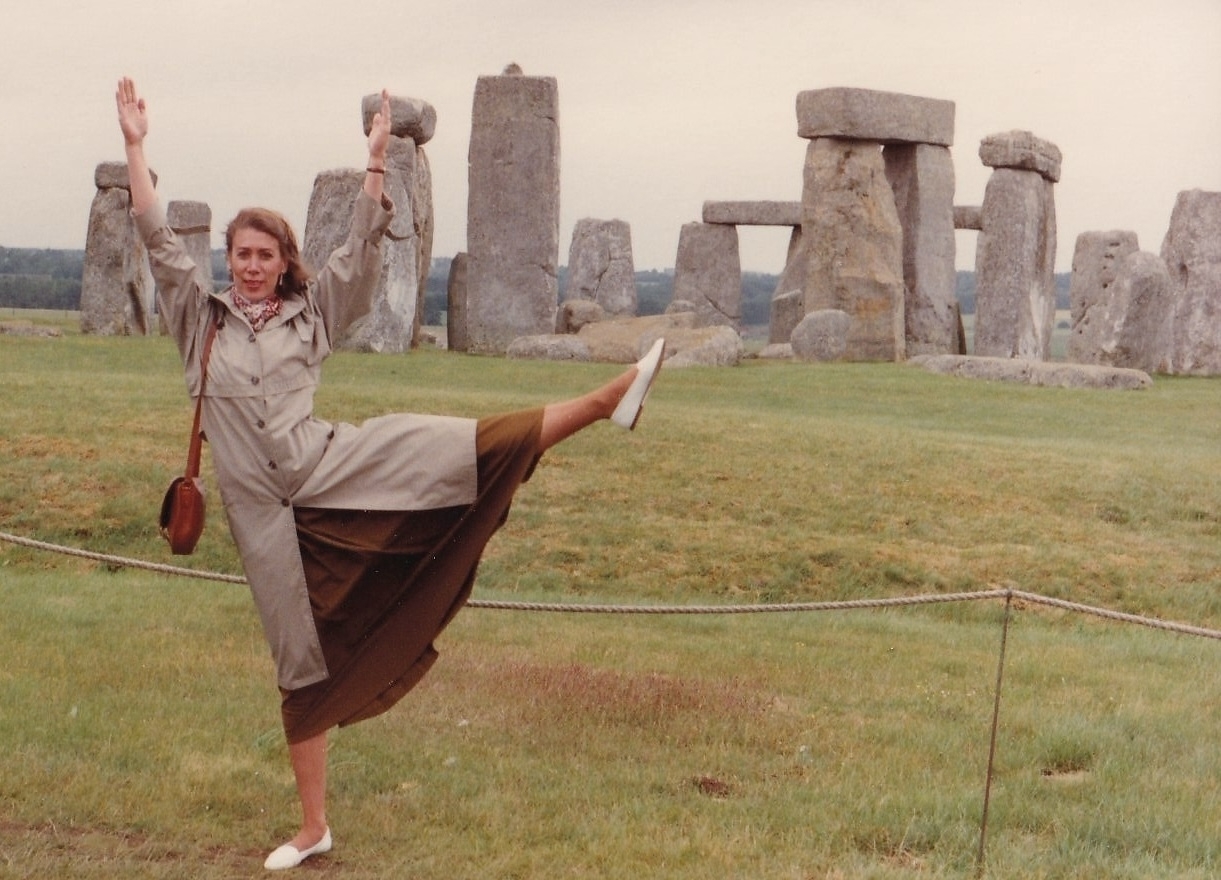Re: Ross’s column on the virtues of ideological art, I think there are far more virtues to art that resists or defies our familiar categories. But most readers/viewers/listeners when encountering a work that can’t be placed on their game board just call it “not relatable.”
TIL that the official title of King George III’s dentist was Operator for the Teeth.
My bet is that Nico Harrison will trade the rights to the number 1 pick to Cleveland in exchange for Tristan Thompson. 🏀
I had a good time corresponding with Phil Christman about John Milton, his great big poem, and Wlliam Blake.
I am blessed to have spent a career working in places that feature expanses of grass and many trees, but today, as I made my way to the office while dodging — or detouring around — earthmovers, road graders, bulldozers, and jackhammers, I was not feeling as grateful as usual. (And as I type these words some kind of drill has just started up somewhere in my building.)
I wrote about why it may not matter that much if we’re in a period of cultural stagnation, and what matters instead.
End-of-term vibe


Kevin Miyazaki’s “fictional publication containing only facts.”
Papam habemus e Chicago!!
(Honestly, I have no idea what to make of this decision … I never imagined they’d elect an American of any description.)
The new pope may be chosen to
- Continue the legacy of Francis
- Re-establish the legacy of JPII and Benedict
- Open new doors to the Global South
- Manage decline
Let’s see which the cardinals want.
Underscore: “Where I see Apple’s biggest mistake in their current line of thinking is that while I pay Apple huge sums of money each month, they don’t view me as a customer to be served. They don’t seem to see the benefit of making my experience and offerings better and better. They aren’t trying to win me over by being excellent; they are assuming my loyalty through strong-arm tactics and intransigence.”
Right now dozens of megachurch pastors are reading this and shouting “WHERE’S MY AI AVATAR JESUS???”
Erin Kissane: “The evidence of the past decade and a half argues strongly that platform corporations are structurally incapable of good governance, primarily because most of their central aims (continuous growth, market dominance, profit via extraction) conflict with many basic human and societal needs.”
I wrote about electric guitar tone.
University Parks, Oxford (2011)

Thumbing through some old photographs, I didn’t find what I was looking for, but I did find these from the summer of 1990. First, my beloved doing her best Stonehenge imitation at Stonehenge:

And then me, showing that the broken arm I acquired in an Ultimate Frisbee game in Oxford’s University Parks could not deter me from climbing Loughrigg and looking down upon Grasmere:

